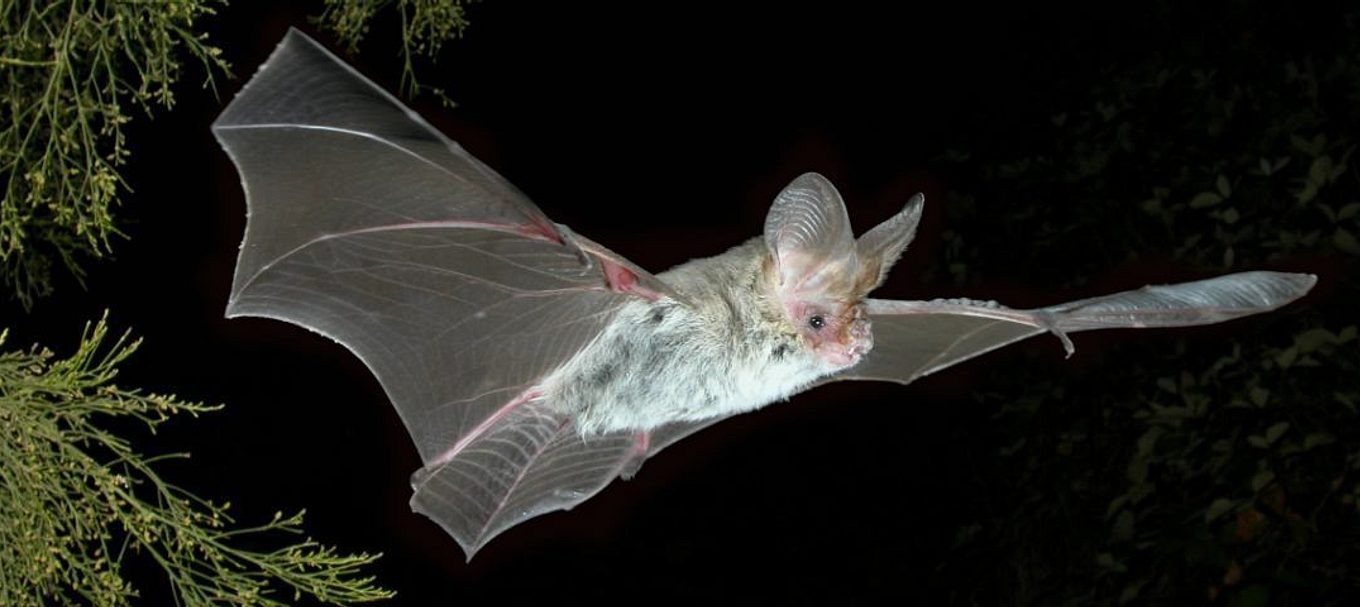
What to do if there’s a bat in your house
Native microbats are found all over South Australia, including the Adelaide metropolitan area and hills.
Most of the common species have bodies the size of a mouse and a wingspan of about 25 centimetres.
If you have microbats visiting your garden, you should consider yourself very lucky. They are looking for insects, and one bat can easily polish off half its own bodyweight in insects every night.
Microbats are active throughout the warmer months then typically go into hibernation from May to August every year, so they’ve well and truly settled in for the winter by now.
Mostly, they live together in groups in tree hollows, but if hollows aren’t available they may move into chimneys, roof spaces or sheds.
What should you do if there’s a bat in your house?
- Don’t try to net it or catch it. Bat wing bones and membranes are fragile, easily damaged and very difficult to repair.
- If the bat is flying inside the house, turn down the lights, turn off your ceiling fan, open doors and windows, and keep your pets away. The bat will usually find its own way out.
- If it is roosting, call a wildlife rescue organisation with expertise in bats, like Adelaide Bat Care or Fauna Rescue SA.
Is there a health risk?
Having bats living in your garden, roof or chimney is not a disease risk – just don’t ever pick up or touch one.
Australian bats may carry Lyssavirus, a rabies-like disease that can be passed on to humans through bites and scratches.
However, less than one per cent of the bat population carries Lyssavirus. It is so rare that there have only been three human cases of Lyssa in Australia, all of them in Queensland.
Did you know…
- The most common species of microbat in the Adelaide area are Gould’s wattled bats, lesser long-eared bats, southern free-tail bats, little forest bats, southern forest bats, chocolate wattled bats and western broad-nosed bats.
- There are no vampire bat species in Australia. Our native microbats eat insects and megabats (like flying foxes) eat fruit and nectar.
- If you’re handy, you can make a bat roosting box in a couple of hours. Place the box high in a tree in your garden and microbats may decide to move in.
Got possums too? Read our blog ‘What to do if there’s a possum in your roof’ to find out how to evict them.
(Image courtesy of Terry Reardon)
This story was originally posted in April 2017.





